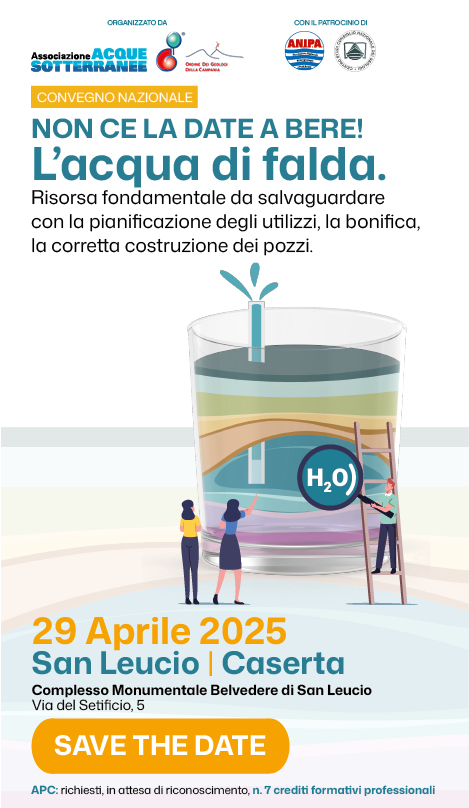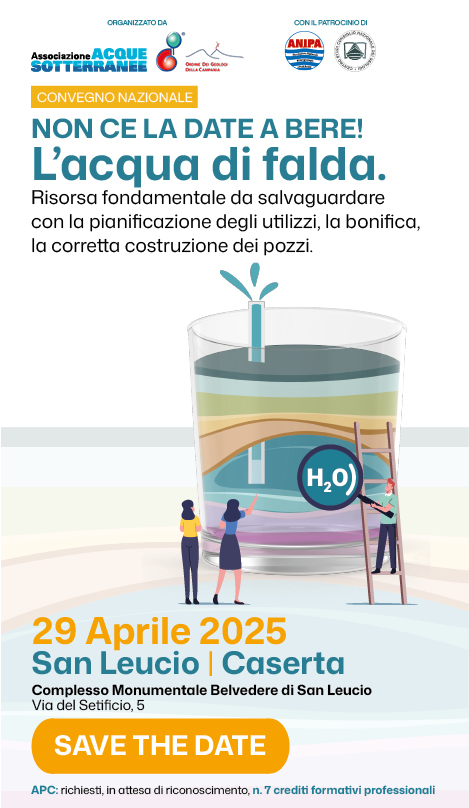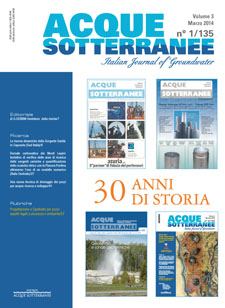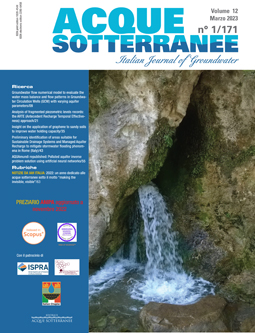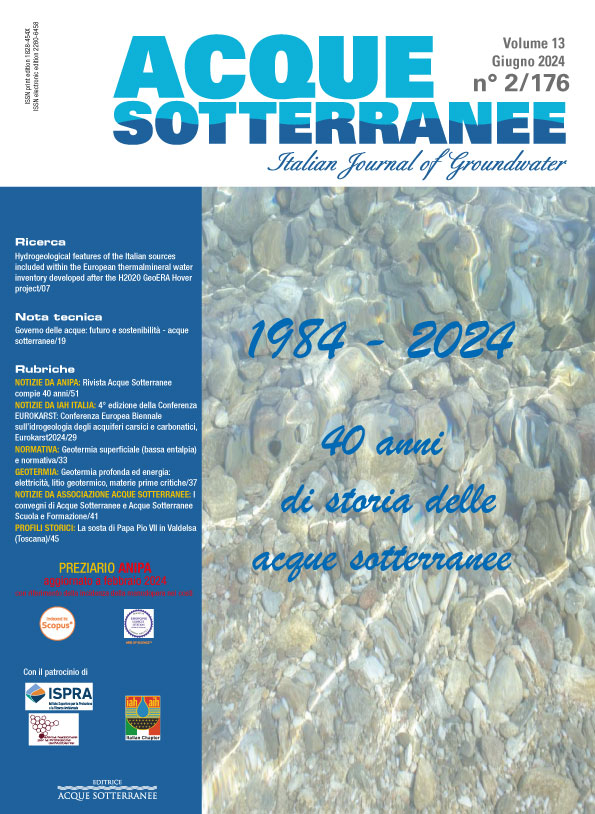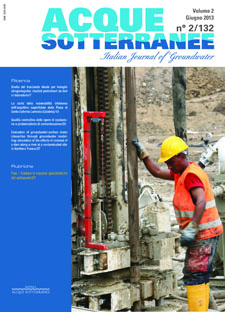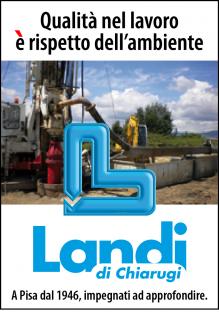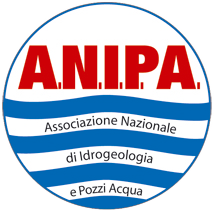Hydrogeochemical evolution of groundwater of part of Ganges-Meghna Deltaic Plain. (Am03029)
The groundwater in the outcrop area appears to be an essentially NaHCO3 type in nature but as it moves down gradient, hydrochemical evolution modifies the groundwater into a mixed NaHCO3/Cl type. Three major and two minor ion exchange fields were identified. The expanded Durov plot was successful in identifying the existence of two different types of water, the dominant type being the ion exchanged water and the less dominant but equally well defined type being old brackish water accompanied by some reverse ion exchange water. The existence of reverse ion exchange water is further suggested by the changing chemistry in the direction of flow. The brackish waters are separated into a few discrete locations and are not linked to one another. Apart from the brackish water, the groundwater is found to be potable as well as suitable for irrigation usage. The saturation indices calculated by means of the PHREEQUE hydrochemical model for calcite and dolomite establish a unique linear relationship emphasising the older waters are mainly supersaturated and the younger waters undersaturated with respect to these minerals.

